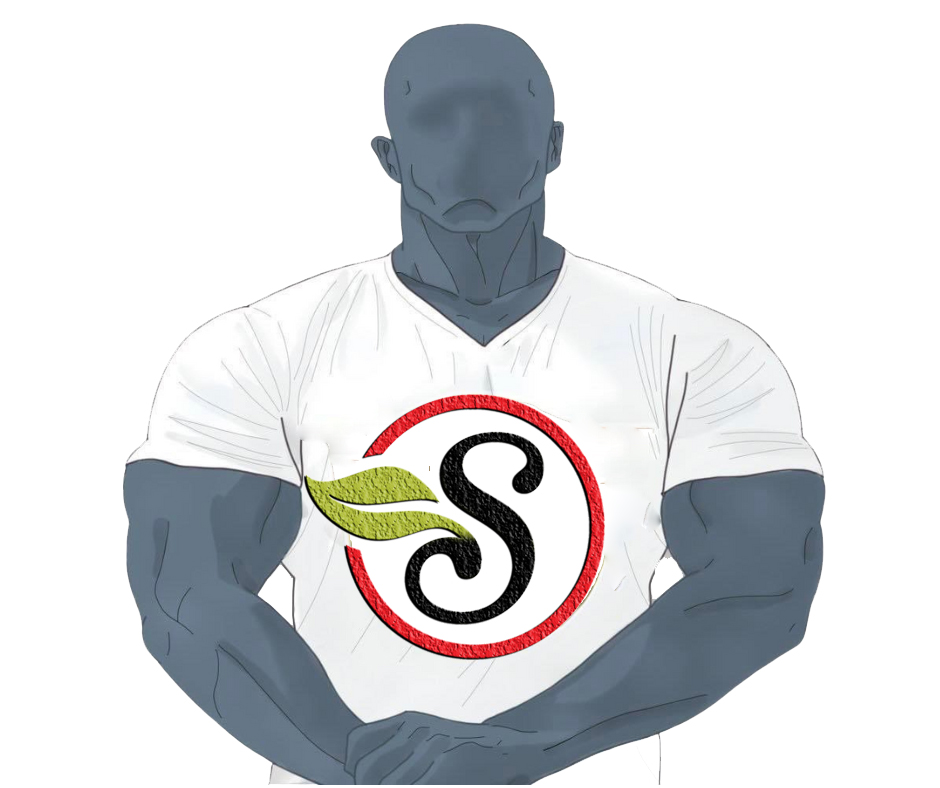Yerba Mate
« Back to Glossary Index
« Back to Glossary Index
Yerba Mate is a medium-sized tree of the holly family grown wild and cultivated in Paraguay, Uruguay, Argentina and Brazil. It’s a sustainable harvest which in turn supports rainforest preservation and the conservation and protection of endangered species.
Traditionally, unless you were a gaucho alone on the pampa, you shared your cup of tea with close associates and family. Sharing the drink is a sign of friendship and bonding, and as such has a certain ceremonial aspect which is still observed and celebrated even though yerba maté bars are popular.
Goes well with cinnamon, vanilla, and cardamom and sweetened with stevia.
Preparation
Traditionally, the dry leaves are placed in a cup, or gourd called a maté, then cold water is added to moisten the leaves and protect the nutrients and flavor. Next, hot water is added until all the leaves are covered. Rather than removing the leaves, you sip the tea through a straw called a bombilla which has a filter or strainer at the bottom to prevent the leaves going through the straw. As you drink the tea, you add more water to the cup. It can be brewed cold for iced tea. The addition of lemon, mint, or sweetener to taste helps mask the “natural” flavor. It makes a great sun tea.
How to Prepare Yerba Mate step-by-step (from yerbamatedrinker.com)
Botanical Name: Ilex Paraguariensis
aka: Paraguay cayi, Paraguay tea, South American holly, matéteestrauch, erva-verdadeira, St. Bartholomew’s tea, Jesuit’s tea, hervea, caminú, kkiro, kali chaye, Ilex paraguayensis of the Aquifoliaceae family, mate cocido and chá mate
Origin: Brazil
| HERBAL PROPERTIES AND ACTION* | ||
| Main Actions | Other Actions | Standard Dosage |
|
|
Leaves |
|
|
Infusion: 1 cup 2-3 times daily |
|
|
|
|
|
|
|
|
|
|
||
|
||
|
||
|
||

